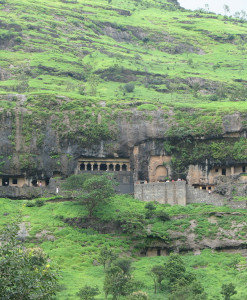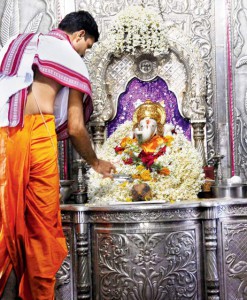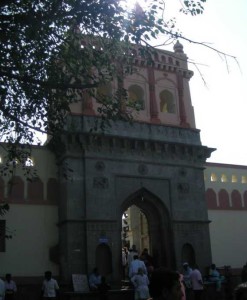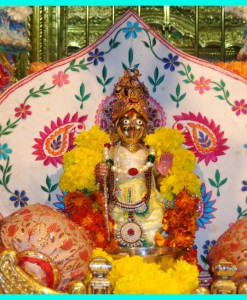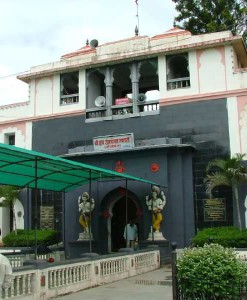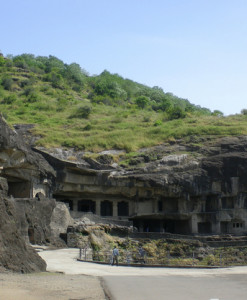No products in the cart.
Wolrd famous Ellora Caves situated 30 kilometers from Aurangabad city. Ellora Caves are World Heritage Site, really impressive rock cut temples & monasteries. There are 34 caves, structures excavated out of the vertical face of the hills. There are 12 Mahayana Buddhist caves (caves 1-12), 17 Hindu caves (caves 13-29) and 5 caves of the Jain faith (caves 30-34), 22 more caves, dedicated to Lord Shiva, were recently discovered. The Ellora Caves are not only a unique artistic creation but also with its sanctuaries devoted to Buddhism, Hinduism and Jainism, it illustrates the spirit of tolerance that was characteristic of ancient India.
Ellora Caves, Maharashtra;
The caves at Ellora were carved out of the vertical face of the Charanandri hills between the 6th and 10th centuries. The carving work began around 550 AD, about the same time the Ajanta Caves (100km northeast) were abandoned.The Ellora Caves were built at time when Buddhism was declining in India and Hinduism was beginning to reassert itself. The Brahmanical movement was especially powerful under the patronage of the Chalukya and Rashtrakuta kings, who oversaw most of the work at Ellora – including the magnificent Kailasa Temple built in the 700s.
The last period of building activity took place in the 10th century, when the local rulers switched allegiance from Shaivism (Hinduism devoted to Shiva) to the Digambara sect of Jainism. The coexistence of structures from three different religions serve as a splendid visual representation of the prevalent religious tolerance of India. For this reason and others, the Ellora Caves were designated a UNESCO World Heritage Site in 1983.
The central attraction at Ellora is Kailash Temple (cave16), is the most remarkable. Shaped by hand from a single massive rock, it includes a gateway, exhibition area, square, hall, hut, sanctorum and tower which bear testimony to the excellence of Dravidian art. It is believed to have taken 7000 laborers, working in continuous shifts and 150 years to build. Ever since the first European visitors in 18th Century, Ellora has attracted chroniclers, antiquarians, scholars and in more recent years, ever- increasing number of tourists.
The Buddhist Caves: The Buddhist caves were the earliest structures, created between the 5th and 7th centuries. These consist mostly of monasteries: large, multi-storied buildings carved into the mountain face, including living quarters, sleeping quarters, kitchens, and other rooms.
The Hindu Caves: The Hindu caves were constructed in the beginning of the 7th century and represent a different style of creative vision & execution skills. Some were of such complexity that they required several generations of planning and coordination to complete.
The Jain Caves: The Jain caves reveal specific dimensions of Jain philosophy & tradition. They reflect a strict sense of simplicity – they are not relatively large as compared to others, but they present exceptionally detailed art works.
By Road: There are public & private buses from Aurangabad to Ellora Caves. Alternative you can hire private car, there are plenty of tour operator you can choose from. The drive from Aurangabad to Ellora takes 1-2 hours.
By Rail: Aurangabad Railway station is nearest to Ellora Caves, there are a plenty of private car services you can hire or you can avail the bus service from railway station to the caves.
By Air: The nearest airport is at Aurangabad, 30 kms away from Ellora Caves. Aurangabad has a good national airport, which is well connected to major cities like Mumbai, Delhi & Hyderabad.
You can visit the caves between sunrise to sunset. It is closed on Tuesday. The best time to visit Ellora Caves is during the months of October to February (winter season) and from June to September (monsoon season), these are the best time to visit Ellora Caves, as the weather is really pleasant during these months.
Although March, April and May are holiday season (most of the school & colleges are shut downs during these months) in India, but the temperature is really high during these months i.e. between 37 °C to 44 °C making the weather really hot and humid making it difficult to travel around the caves.
Entrance-Fee:
Citizens of India and visitors of SAARC (Bangladesh, Nepal, Bhutan, Sri Lanka, Pakistan, Maldives and Afghanistan) and BIMSTEC Countries (Bangladesh, Nepal, Bhutan, Sri Lanka, Thailand and Myanmar) – Rs. 10 per head.
Others: US $ 5 or Indian Rs. 250/- per head
(Children up to 15 years free)



